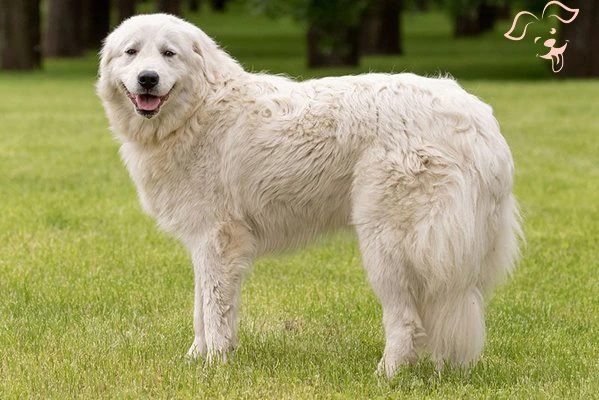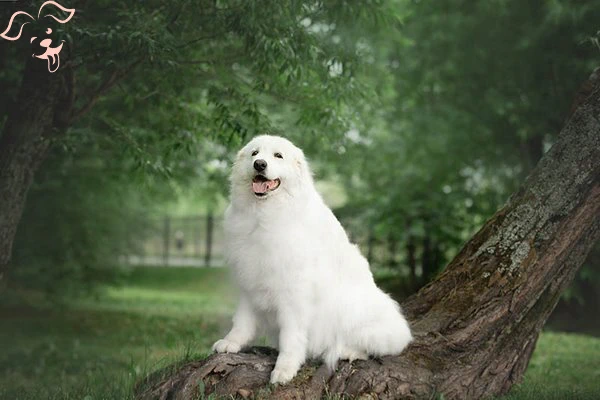Responsible breeders indeed prioritize the health of their breeding dogs, which includes screening for various conditions such as elbow and hip dysplasia, as well as conducting genetic testing for degenerative myelopathy. In the case of the Pyrenean Mastiff being a deep-chested breed, it is important for owners to be aware of and familiarize themselves with the signs and symptoms of gastric dilatation-volvulus (GDV), commonly known as bloat. Additionally, because of the drop ears in this breed regular ear checks become essential to detect any potential ear infections. The Pyrenean Mastiff's double coat requires proper care to ensure the undercoat remains dry. Those situated in humid areas should be attentive to the development of hot spots, which can occur and escalate swiftly. It is also worth mentioning that like many giant breeds, there is a need to be mindful of potential cardiac issues as the dog ages. By staying vigilant and proactive in monitoring and addressing these specific health concerns owners of Pyrenean Mastiffs can help maintain the well-being and longevity of their beloved companions. Regular veterinary consultations and open communication with a trusted veterinarian are highly recommended for optimal care. Recommended Health Tests from the National Breed Club: |
Pyrenean Mastiff
ATTRIBUTES: Gentle, Brave, Noble
GROUP: Foundation Stock Service
ACIVITY LEVEL: Calm
BARKING LEVEL: Likes To Be Vocal
COAT TYPE: Double
COAT LENGTH: Medium
SHADDING: Seasonal
SIZE: Xlarge
TRAINABILITY: May Be Stubborn
CHARACTERISTIC: Largest Dog Breeds
Breed Overview

Ancestry
Shepherd Dog

Origin
France

Registration
2014

Size
Males 30 - 31 Inches
Females 28 - 30 Inches

Weight
120 - 190 Pounds

Expected Life
10 - 12 Years
























FRIENDLINESS
LIVELINESS
VIGILANCE INTENSITY
ADAPTATION CAPACITY